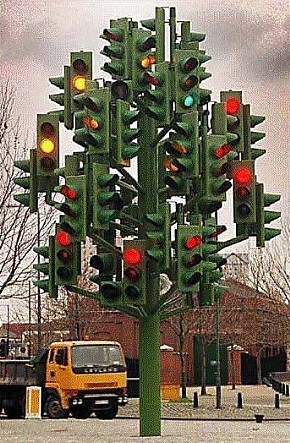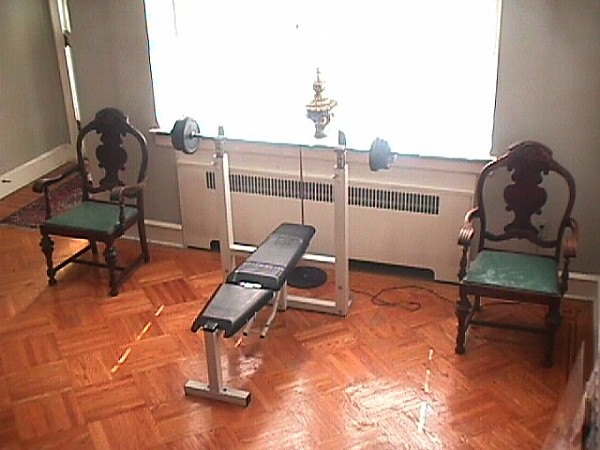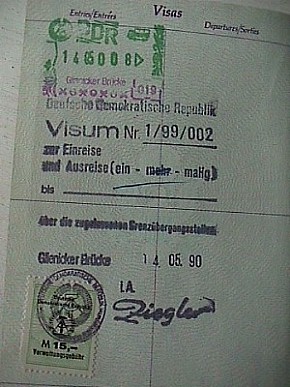2003.07.14 15:57
Re: WHAT SHOULD I PAINT?
You could paint the plan/map of Earth's most notorious fault lines at reduced scale on canvas. And then paint a series of fault cross-sections. Or you could make up the plans/maps and cross-sections of notorious fault lines. Or just take my suggestions as a cracked default.
Now I have a question:
What shouldn't I paint?
2003.07.17 10:46
Re: Matthew Marks
Is this what is meant by an unsettling intersection?

Harrison's work is more of a settled intersection than an unsettled one, isn't it?
Historically speaking, settlements most often do occur at intersections.
Why is it that hybrids are often labeled as "unsettling"?
If Harrison worked at intersecting Israeli sculpture and Palestinian photography would that be even more unsettling?
| |

Alter Peace
2003.07.24
| |
2003.08.16 10:35
Re: Iron Curtain
Michael,
The Iron Curtain was certainly real/physical between East and West Germany. From the two Germanys, the Iron Curtain proceeded south all the way to the Adriatic Sea, ending between Trieste, Italy and Yugoslavia. A writer (whose name I would have to look up) took a specific journey along the entire length of the Iron Curtain--before the book was published, much of it was first printed in The New Yorker (1983 or 84) in three parts (which is what I read). I seem to recall that the "fence" was mostly real and contiguous from north to south, although the severity of the 'curtain' and what it manifest and represented gradually diminished the further south it was.
I traveled (by car) through two (of the three?) checkpoints between the West and East German border in May 1990. [These checkpoints are not to be confused with the 'famous' Alpha, Bravo and Charlie Checkpoints--A and B between West Berlin and East Germany, and Charlie specifically between East and West Berlin. I went through A, B and C, plus I crossed over the Glienike Bridge between West Berlin and Potsdam--this is the bridge were spies were famously traded.] The Iron Curtain was very real at these points. This was an interesting time because the Berlin Wall was already coming down, but there were still two Germanys, thus the 'checking' at the checkpoints (for all Germans at least) was relatively lax, although the whole 'apparatus' was still in place. In fact, at my final crossing from East to West at Erfurt, the gates were just open and there were no guards anywhere to be seen.

2003.08.16 11:02
Re: Iron Curtain
The book I referred to earlier is Anthony Bailey, Along the Edge of the Forest: An Iron Curtain Journey (Random House, 1983).
|